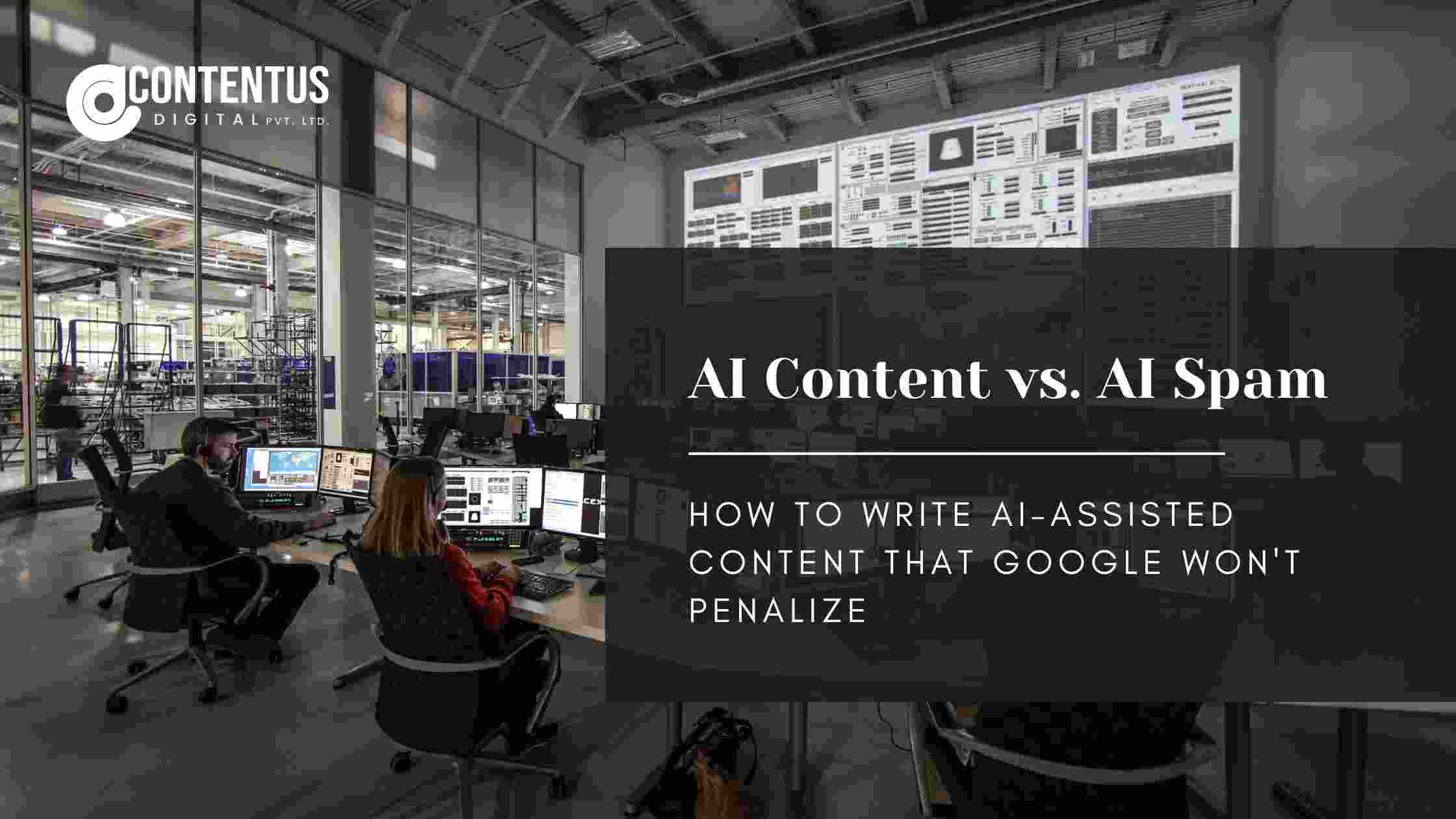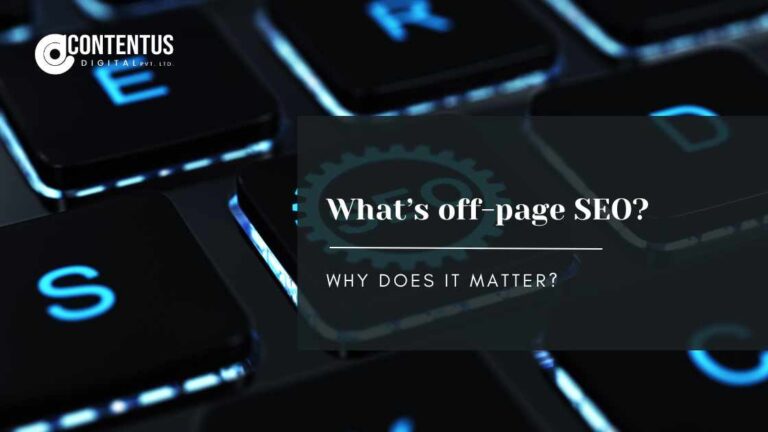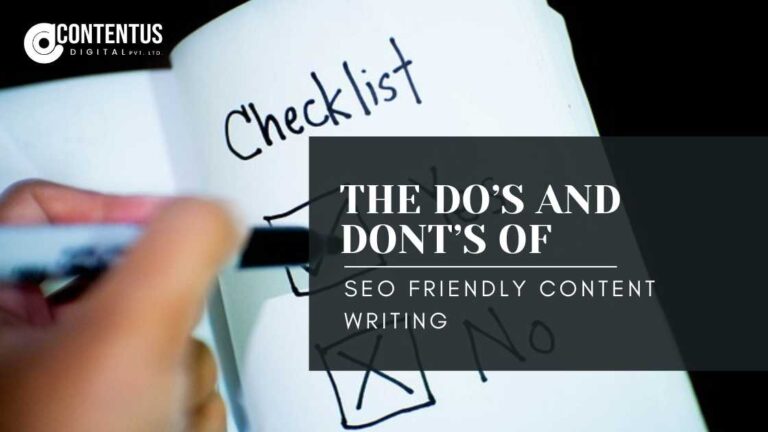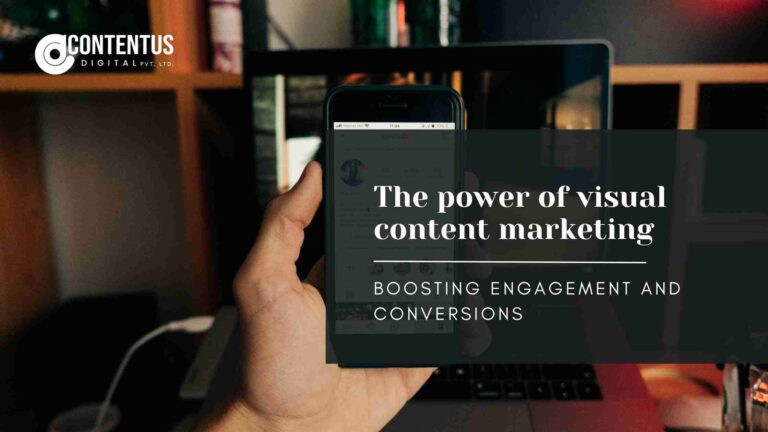AI Content vs AI Spam: How to Write AI-Assisted Content That Google Won’t Penalize
1 | Introduction |
2 | Does Google penalize AI content? |
3 | How to check AI content for Google quality? |
4 | Top AI content strategies for E-E-A-T |
5 | Best AI content tools to avoid Google penalty |
6 | Conclusion |
7 | FAQs |
The war between helpful AI content and toxic AI spam is never ending. But when it comes to AI content vs AI spam, Google always chooses the AI content that becomes helpful and valuable to the users. Here an important thing to be noted is that Google’s ranking systems do not inherently penalize AI-generated text, but they aggressively target “scaled abuse”. This includes mass-produced, low-effort content created solely to manipulate search rankings.
To thrive, AI must be used as an assistant, not an author. Your content must adhere to the E-E-A-T framework, offering genuine expertise, original insights, and a focus on user needs. So, this guide will help you understand how Google detects AI content vs AI spam and how to write AI content that wouldn’t be penalized by Google.
Does Google penalize AI content?
The answer is NO. Google never penalizes AI-generated content. But if the AI-generated content remains low-quality, spammy, and diverts users from their goal, then Google penalizes it. Google itself published a blog post in 2023, where they clarified this matter.
Also, according to Ahrefs’ 86.5% of top-ranking pages contain some amount of AI-generated content.’ Again, another report from their AI content detector found about the AI vs human content ratio of the URLs ranking in top 20 of the SERPs:
|
So, from the above statistics, it’s clear that a mix of AI and human-generated content will help you to win.
AI content vs AI spam: How to check AI content for Google quality?
The simplest way to check your content quality is to ask yourself these questions:
Questions about originality
Is it original content?
Does it satisfy users?
Does it solve users’ pain points?
Questions about expertise
Is the content written or reviewed by a genuine expert?
Is the source of the information clear and trustworthy enough?
Is the site or author an acknowledged expert on this topic?
Is there any obvious factual error in this content?
Content and quality questions
Does the content provide relevant, comprehensive, or complete information about the topic?
Does the content employ any interesting facts or insightful analysis?
Is the page heading or title able to provide a helpful summary of the content?
Does this page offer more value than competing pages in the search results?
Does the page look polished and carefully made, or does it seem sloppy/rushed?
Does this content feel like it belongs in a reputable, published work (like a magazine or book)?
Questions related to people-first content
Is the content mostly made to get clicks from search engines?
Are you creating a lot of content on many different subjects just hoping some of it ranks well in search?
Are you using a lot of automation to create content on a wide range of topics?
Are you just summarizing other people’s work without adding much helpful insight?
Are you writing about topics just because they are trending?
Are your topics relevant to your current audience?
After reading your content, do people usually have to search again somewhere else for better information?
Note: Make your content helpful, reliable, and people-first.
AI content vs AI spam: Top AI content strategies for E-E-A-T
Here are the top AI content strategies for E-E-A-T –
Focus on structured formatting
Readers and search engines always prefer structured content. So, unstructured content, like just a huge chunk of text, easily distracts them. Therefore, you must break your text into digestible short paragraphs and add proper header tags. Furthermore, adding bullet points within your content enhances readability.
AI can generate lots of text but they are quite robotic in nature. Thus, humans must ensure the content has a natural flow and follow a conversational tone. The above-mentioned structured formats are user-friendly, boost scannability, and quality signals to Google.
Quality over content velocity
When it comes to AI content vs. AI spam quality is the key to win traction from Google and other search engines. To produce qualitative content, you must prioritize keyword research and optimization, using natural conversational language, adding visuals, and structured data. These indicate human effort is invested in your web pages.
Moreover, here you must remember the factor content velocity. It’s the speed and frequency at which a marketer creates and publishes content. It’s a crucial factor because it shows your site is active and your data is fresh and relevant. However, high content velocity is a high symbol of the mass of AI content generation. So, it would be a huge chance that Google will flag the content for lower quality or content abuse. Thus, always ensure that you have maintained the content quality.
Strengthen your SXO
Google always analyzes the presentation, rendering, and user experience of web pages. Google notes how users feel and experience your page. This helps Google to decide AI content vs. AI spam in your site. It influences your search engine rankings.
For this you should focus on the areas where UX and SEO work together. It’s called SXO (Search Experience Optimization). A well-crafted SXO encompasses technical SEO with faster loading times and mobile-friendly design. It results in better site crawling, improved indexing, and high SERP ranking. Also, these reduce bounce rates and increase dwell time.
This way, your content, even AI-generated content that fits in a strong UX framework, is more authoritative and trustworthy. Together, all these efforts reduce the chances of AI content Google penalty.
Satisfy search intent
Search intent or keyword intent shows the purpose behind the users’ query. There are 4 main types of search intent including informational, navigational, transactional, and commercial. Among them:
Informational queries require clear and direct answers to learn something. These are TOFU queries.
Navigational queries provide direct access to a specific website or brand and these are also TOFU keywords.
Commercial queries guide users to perform in-depth research before taking an action like purchasing. They are BOFU queries.
Transactional queries need conversion focused content like product pages that help the users to take an action. These are BOFU queries too.
AI content Google penalty reduces when the content satisfies the right search intent.
Apply human editing
AI alone can’t shape your brand’s voice and personality. As AI struggles with subtle emotional context, it fails to add appropriate levels of emotions like urgency, humor, or sarcasm. Here comes the roles of human editors. They can adjust the tonality, refine word choice, and provide reviews for improving the content. For sensitive topics they might inject a bit of empathy.
For instance, in the case of a casual blog, they can introduce colloquialisms or in the case of a sales pitch, they can add persuasion. These prevent your content from being a monotonous piece of content. Also, it’s a great way for Google easily detect qualitative AI content vs. AI spam.
Furthermore, AI systems are prone to generating redundant content. Human editors can easily rectify these and employ original commentary, personal experience, and valuable insights to support the credibility of content.
Continuous update and monitoring
To maximize the value of AI-assisted content, you must engage in a cycle of monitoring and continuous improvement. This process starts by using analytics tools (like Google Analytics) to identify underperforming articles based on declining traffic or high bounce rates. These metrics signal that the content has become stale or irrelevant. Human editors must then strategically refresh the page by replacing outdated statistics, adding the latest industry insights, and optimizing for current search trends. This proactive approach ensures the content remains a credible authority and signals “freshness” to search engines, ultimately maintaining or improving its ranking.
Best AI content tools to avoid Google penalty
Here are some of the best AI tools that help you to avoid Google penalties.
SEMRush: This tool comes with a comprehensive SEO toolset that includes AI-powered features for identifying keyword gaps, analyzing competitors, and tracking rankings.
Grammarly: Apart from grammar checking, Grammarly also provides an AI humanizer and analyzes AI-assisted writing to ensure transparency.
Quilbot: It includes an AI humanizer and paraphraser to filter AI text for sounding more human.
Writesonic: It offers a set of tools for generating articles and social media content. Moreover, it offers a ‘Humanizer’ tool that can rephrase AI-generated content to enable a more natural tone.
Conclusion
The battle of AI content vs. AI spam is won by prioritizing quality and the user. Google does not penalize AI use, but aggressively targets “scaled abuse” and low-effort content. To thrive, use AI as an assistant to enhance human-edited content that meets the E-E-A-T framework, offers unique value, and satisfies search intent. Human editing is crucial for credibility and a conversational tone. So, it’s best to keep your content a mix of AI and human generated.







